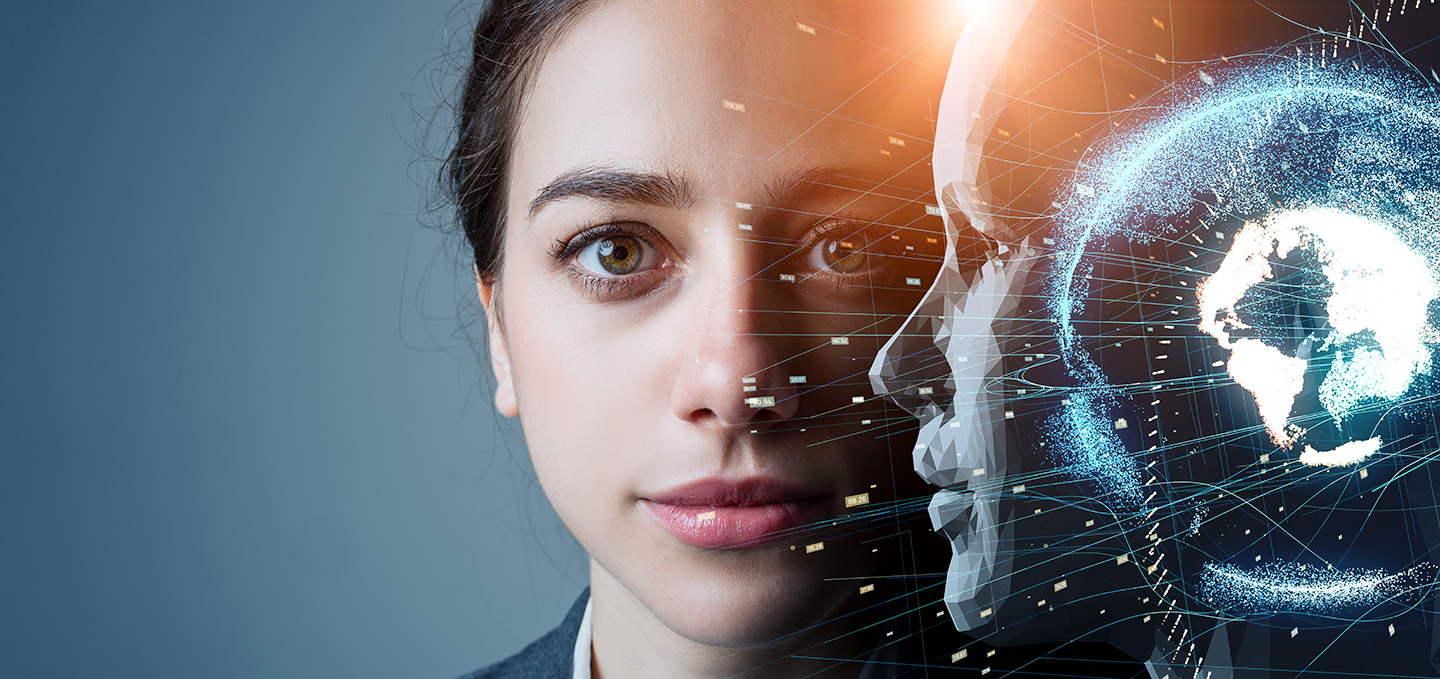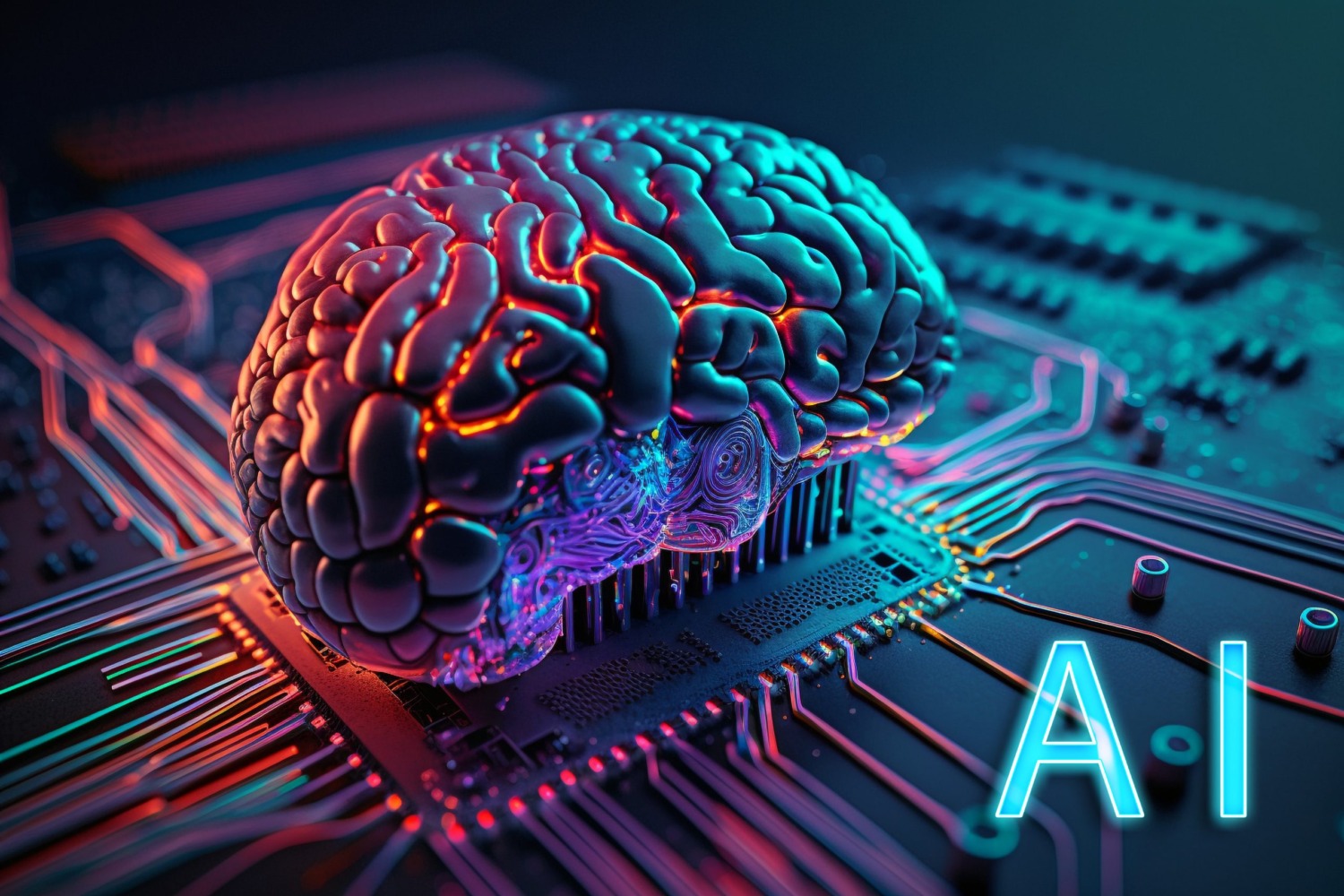Pioneering Development: Your Guide to the Top Generative AI Company
Pioneering Development: Your Guide to the Top Generative AI Company
Blog Article
Unleashing Development With Generative AI: a Deep Dive Into Artificial Intelligence
Artificial knowledge (AI) has transformed various industries, and one of its most fascinating aspects is generative AI. By using the power of generative AI, scientists and services can explore brand-new possibilities and press the boundaries of creative thinking. From producing realistic art work to composing music and boosting language processing, the applications of generative AI are ever-expanding and large.

The Essentials of Generative AI
Generative AI, a branch of artificial intelligence, is a powerful innovation that makes it possible for machines to autonomously generate new material, such as pictures, songs, or message, based upon patterns and instances from existing information. This sophisticated method has actually changed different sectors by giving cutting-edge remedies to complex problems.
At its core, generative AI utilizes deep learning models, specifically generative models, to understand and replicate patterns found in the training data (generative ai company). These models are trained using vast amounts of information, enabling them to catch elaborate details and nuances. Once educated, the generative AI system can produce new content by extrapolating from the learned patterns
One widely-used generative AI model is the Generative Adversarial Network (GAN) GANs contain 2 semantic networks: the generator network and the discriminator network. The generator network produces new content, while the discriminator network reviews its credibility. With a process of repetitive training, the generator network boosts its capability to produce content that is increasingly indistinguishable from actual data.
Generative AI has actually found applications in numerous fields, including gaming, art, and songs. As an example, musicians can leverage generative AI to discover new creative opportunities, generating engaging and special artwork. In the music market, generative AI can make up new tunes or perhaps entire tracks, supplying artists with a source of ideas. Additionally, generative AI can boost gaming experiences by producing realistic landscapes, personalities, and stories.
Applications of Generative AI in Art
The assimilation of generative AI technology has reinvented the art globe, opening up new opportunities for creative thinking and motivating artists to check out undiscovered regions. Generative AI in art refers to making use of expert system algorithms to generate special and initial art work. This modern technology has enabled artists to break devoid of standard creative strategies and develop innovative items that press the borders of imaginative expression.
One application of generative AI in art is the production of independent art-making systems. These systems make use of AI formulas to assess and analyze numerous information inputs, such as photos, appears, or message, and produce creative outputs based on these inputs. This allows artists to team up with AI systems and co-create art work, causing a combination of human imagination and man-made intelligence.
Generative AI also plays a significant duty in developing interactive art installments. By utilizing AI algorithms, artists can create installments that reply to the audience's actions or ecological adjustments, producing dynamic and immersive experiences. These installments can vary from interactive sculptures to online reality experiences, permitting customers to actively engage with the art work and enter into the imaginative procedure.
Furthermore, generative AI has been utilized to create art that challenges traditional ideas of authorship and imagination. generative ai company. By training AI versions on large quantities of creative data, musicians can utilize these versions to produce new art work that mimic the design of well-known musicians or creative activities. This technique blurs the lines between human and machine imagination, raising concerns regarding creativity, authenticity, and the function of the musician in the innovative procedure
Exploring the Songs Generation Abilities of Generative AI
With the advancements in generative AI modern technology, the realm of music production has been changed, as expert system formulas are currently with the ability of producing initial and distinct musical structures. Generative AI, additionally known as innovative AI, makes use of artificial intelligence strategies to evaluate huge quantities of existing songs and after that produce brand-new items based on that analysis. This modern technology has the potential to change the music sector by offering authors and artists with limitless resources of ideas and imagination.
Among the vital benefits of generative AI in songs generation is its capacity to develop structures that press the limits of standard music genres. By leveraging the large amount of data readily available, AI formulas can recognize patterns and frameworks in music that humans may not have uncovered. This permits for the production of unique and innovative rhythms, harmonies, and tunes.
Moreover, generative AI can likewise assist artists in the structure process by providing ideas and variations based on their input. This interactive approach permits musicians to collaborate with the AI system and discover new opportunities, eventually enhancing their creative thinking and broadening their musical perspectives.
However, it is vital to keep in mind that generative AI is not implied to change human imagination and competence in music composition. Rather, it acts as an effective tool for motivation and exploration, using new opportunities for musicians to reveal themselves and create special musical experiences. With additional advancements in generative AI modern technology, the future of music development holds amazing possibilities.
Enhancing All-natural Language Processing With Generative AI
As we check out the possible applications of generative AI beyond songs generation, one location that shows excellent pledge is improving natural language handling capabilities. Natural language handling (NLP) is a branch of AI that concentrates on the interaction in between computers and human language. It includes jobs such as language translation, sentiment analysis, message summarization, and chatbots.
Generative AI can substantially enhance NLP by allowing equipments to generate human-like text, enhancing language understanding, and making it possible for more advanced language-based applications. By leveraging deep discovering strategies, generative AI models can gain from huge quantities of message information and create contextually appropriate and meaningful actions. This can bring about even more exact language translation, even more engaging chatbot interactions, and more effective text summarization.
In addition, generative AI can also assist get over difficulties in NLP, such as restricted training information and etymological variety - generative ai company. By training on large datasets, generative AI versions can record the subtleties of various languages and languages, bring about even more exact and durable language processing
Unleashing the Potential of Generative AI in Innovation
Unleashing the possibility of generative AI in technology holds tremendous assurance for changing numerous markets and driving unmatched developments in technology. Generative AI refers to the branch of expert system that concentrates on producing original content, such as photos, songs, or even text, that very closely appears like human-created material. By utilizing the power of generative AI, businesses can open new possibilities and drive technology in numerous methods.
Among the crucial areas where generative AI is making a significant influence remains in the field of item style and development. By leveraging the capacities of generative AI, companies can discover many design opportunities, produce originalities, and link create ingenious products that satisfy the developing demands of consumers. This can lead to the development of special and cutting-edge items that stand apart in the market.
In addition, generative AI can also play a crucial function in boosting the innovative procedure by assisting human developers and musicians. By offering them with brand-new perspectives, producing unique concepts, and automating repeated jobs, generative AI can enhance the imaginative output of individuals and allow them to push the address borders of their imagination.
Moreover, generative AI can additionally add to the field of clinical research study by replicating facility systems, predicting results, and creating theories. This can accelerate the speed of clinical exploration and make it possible for researchers to explore uncharted area.

Verdict
In conclusion, generative AI has the potential to revolutionize various areas, consisting of art, songs generation, and all-natural language processing. By getting rid of personal pronouns, this short article has explored the essentials of generative AI and its applications. next page It is clear that generative AI can let loose technology by creating brand-new ideas, enhancing creativity, and pressing the borders of what is feasible in these domains. As technology remains to breakthrough, the possibility of generative AI in driving advancement is appealing and huge.
Synthetic knowledge (AI) has actually revolutionized countless markets, and one of its most intriguing facets is generative AI.At its core, generative AI uses deep learning designs, specifically generative versions, to understand and replicate patterns discovered in the training information.One widely-used generative AI design is the Generative Adversarial Network (GAN)With the advancements in generative AI modern technology, the realm of songs creation has been changed, as synthetic knowledge algorithms are now capable of producing initial and special music compositions. Generative AI, likewise recognized as creative AI, uses machine discovering strategies to evaluate huge quantities of existing music and then create new pieces based on that analysis.
Report this page